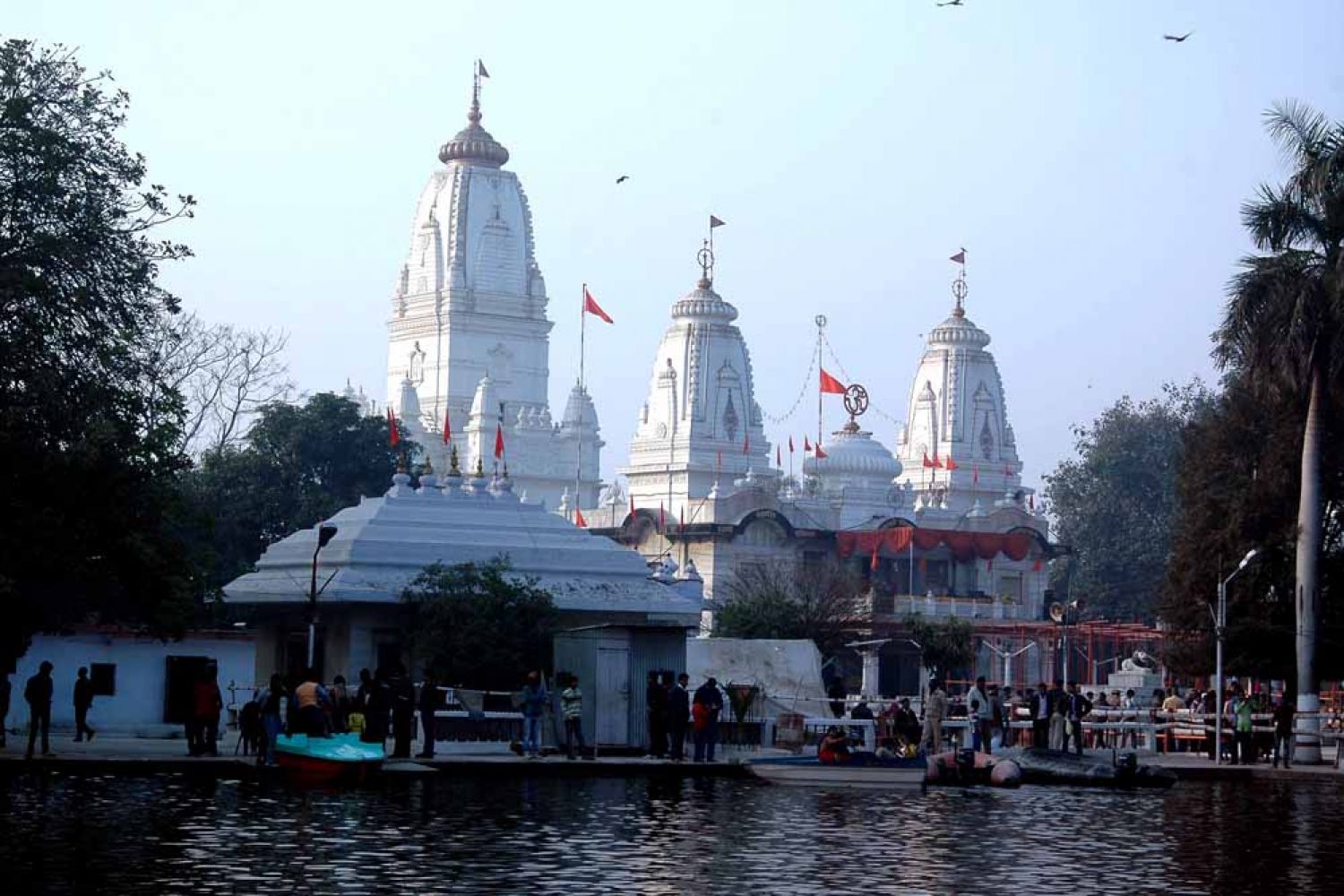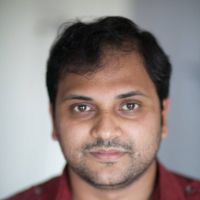
In a democracy the
opinion of the majority has to hold the sway in the day-to-day life of the
people. As such it will be but proper to consider the practical conduct of the
life of majority as the actual life of the national entity.
Have those
[Muslims]who remained here changed at least after that [Partition]? Has their
old hostility and murderous mood, which resulted in widespread riots, looting,
arson, raping and all sorts of orgies on an unprecedented scale in 1946-47,
come to a halt





